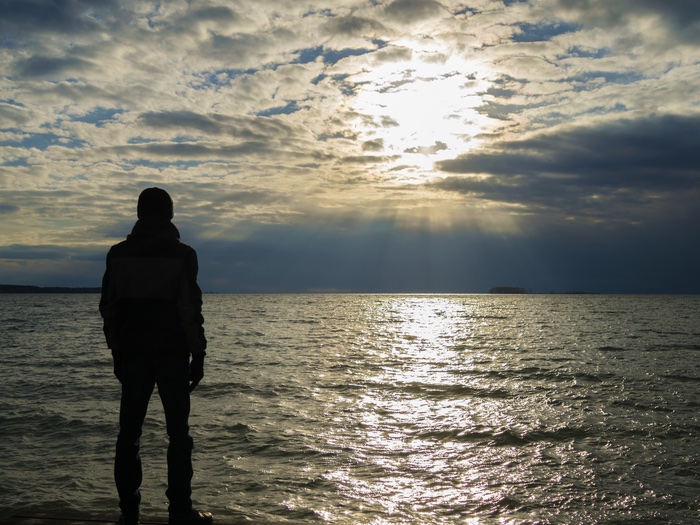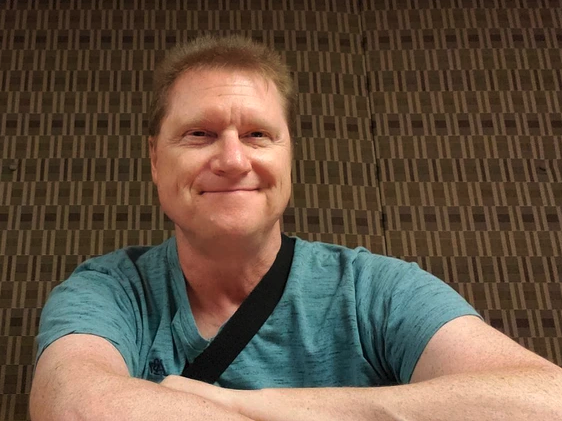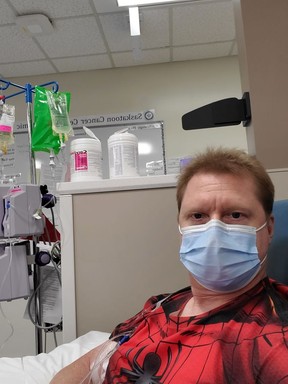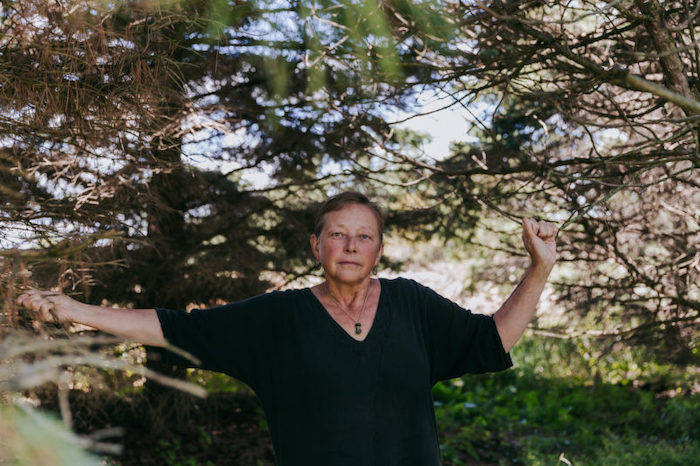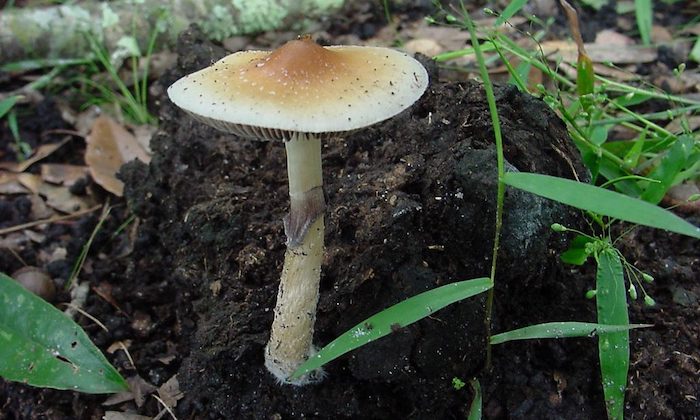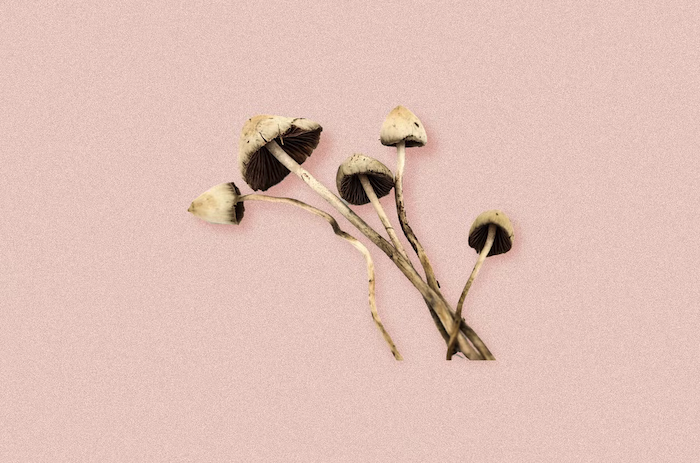
By Shoshana Ungerleider and Barbara Hansen
If you’re on TikTok or Instagram, you may have encountered one of nurse Julie McFadden’s viral videos about all things death and dying. Hospice Nurse Julie, as she’s known, shares just how beautiful and difficult dying can be, and has a thing or two to say about how we can make things better for the many people who suffer unnecessarily at the end of life.
“Sometimes no matter what we do, it’s not enough. Despite how hard we try to control symptoms for patients so they can have a good quality of life toward the end of their lives, they and their families still suffer,” McFadden said when we reached out to her recently. “We don’t always know why the medicine we give patients for pain, anxiety, or agitation isn’t working. If there could be a better way to treat people where they can still enjoy their loved ones at the end of life, then why not use it?” McFadden asks.
One of us is a nurse and one of us is a physician, so we know the terror and pain those at end of life can face. We’ve come to believe that the careful administration of psychedelic treatments can make a huge difference in a person’s end-of-life experience. Dying well may not be on the minds of voters in Colorado right now, but it should be on Tuesday, when the state will vote on a ballot initiative determining whether to legalize psychedelic mushrooms.
More than two dozen other states and the U.S. House of Representatives are also grappling with their own versions of psychedelic legislation. Colorado may end up following in the footsteps of Oregon. In 2020, Oregon voters approved Ballot Measure 109 and became the first state in the country to allow the use of psilocybin to treat chronic mental health issues like PTSD and depression. Measure 109 is the country’s first chance to create a model for psychedelic treatment for a variety of mental health conditions. Oregon will launch its state-licensed psilocybin services program in 2023, and the way it addresses access, equity, and safety will inform what happens next in other states and countries. (One of us, Barbara, is a member of the Oregon Psilocybin Services Advisory Board.) While Measure 109 doesn’t limit itself by specifying conditions that can be treated with psilocybin, therapists and health care providers plan to recommend its use to treat depression, PTSD, and anxiety, and to help people kick addictions.
They also plan to use it to reduce anxiety for patients at the end of life. From the start, researchers have been curious about how psychedelics might affect people who are dying. An early study on psychedelics in the 1970s at Johns Hopkins University, inspired by a terminal illness diagnosis received by one of the staff nurses, focused on the potential to use LSD to treat psychological and existential distress in cancer patients. Several other studies on psychedelics in end-of-life care followed, and the research has resumed in the last decade or so—all to good effect.
We have both worked with patients who struggle with deep existential, spiritual, and practical questions about their deaths: When will it happen? How much pain will there be? What happens after I die? How will my loved ones bear my being gone? Some find peace toward the end, but others experience mental and physical symptoms of profound anxiety, depression, agitation, and more. To treat these symptoms, we have only a handful of tools—opiates, antidepressants, and sometimes, unfortunately, palliative sedation.
“When we’ve tried everything and we can’t get the person comfortable, when we are not expecting them to be comfortable and awake, our last resort is palliative sedation. But they don’t have any quality of life with that. … The goal for hospice is not to put someone to sleep until they die,” said McFadden.
The human body and brain undergo a series of profound changes over the course of dying. Some of these, like elevated anxiety and agitation, can be difficult for the patient, family members, and caregivers. In the most extreme cases, our only recourse as health care providers is palliative sedation, which, as McFadden described, is essentially putting a person into an induced coma through to their death. This option can be a heartbreaking loss for the patient and family members who are deprived of any more meaningful interaction and can also cause tremendous moral distress for the clinicians involved. Having more therapeutic options available that can significantly reduce end-of-life distress without numbing or sedating the patient would be absolutely transformative for the field of medicine.
By contrast, based on several recent clinical trials, there is evidence that a single treatment with psilocybin produces lasting and significant reduction in anxiety and depression for people with a terminal diagnosis. The data to date show that using psilocybin in a controlled therapeutic environment decreases death anxiety and increases optimism and quality of life for people near the end of life.
The end of life is not only a universal experience, we also know it’s one where psychedelic medicines can spur a massive paradigm shift in how we provide care.
Oregon’s Measure 109 gave us a start. But some counties and cities in Oregon have put psychedelics back on the ballot this Election Day, pointing to a need for more public education about the benefits of psychedelic-assisted therapy, and more clarity on how these programs will work. Colorado’s ballot measure has the potential to move things much further. We hope that future legislation might more directly address the unique needs of those at the end of life. Some patients may not be able to travel to a service center or may have health care providers who are afraid to recommend the use of psilocybin. Others may not be able to afford to pay for psilocybin sessions out of pocket, since insurance coverage is still unknown. These details matter—pushing to get them included in legislation up front will speed up the ability of clinicians and therapists to provide psychedelic-assisted care for those at the end of life upon the adoption of new laws.
We’re on the verge of a transformation in end-of-life care that will touch us all, in some way, and voters in Colorado have a unique opportunity to help shape the future. From legislation to implementation and public conversation, it’s time to take a serious look at how psychedelic medicines can reframe our relationship with living and dying. Of course, it’s also time to vote.
Complete Article ↪HERE↩!

